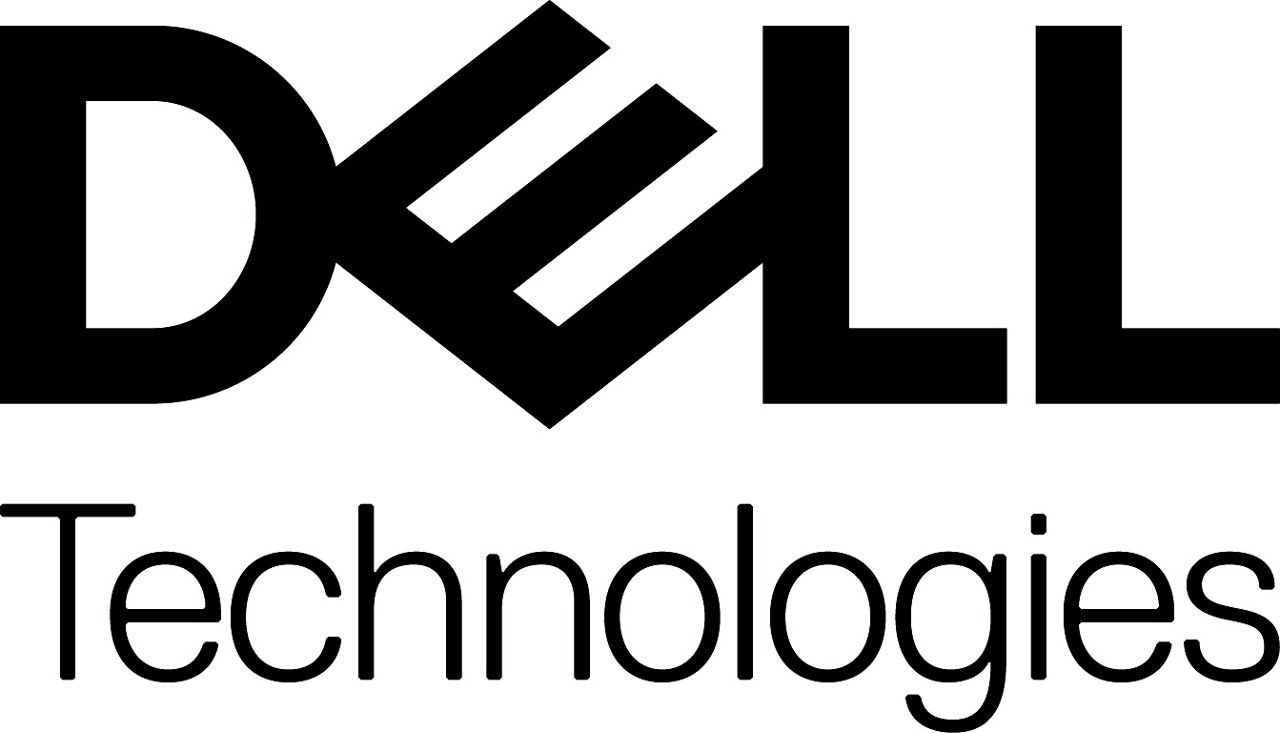Partner News
Improving data security will create the next IoT boom
)
The security of the internet of things (IoT) remains a key barrier to its proliferation. Research analysed by Business Insider found that 44% of American consumers were “very concerned” about the possibility of information and privacy leaks becoming a reality when it comes to their connected devices, indicating the scale of the concern, says Jocelyn Brown, freelance technology writer.
As a result, a lot of innovation has been pushed into IoT cybersecurity over the past few years, with a large amount of this innovation focusing on the topic of data and data assurance.
What improved security can do
Cybercrime is a huge and growing problem that already causes $600 million in costs to businesses every single year. It has implications that cross-cut mere profit and can lean into customer experience, and even physical security risks. In the IoT, which is a naturally open area of technology, these risks are exacerbated at every step.
The first step in ensuring these devices are not a security liability is from creating strong data protections; by bolting the door shut on data security before it’s even taken out into the IoT cloud, manufacturers can do a lot to pre-emptively stop issues. Increasingly, this is moving towards a zero-trust situation, according to Forbes. A situation in which no device is assumed to have access to data, this is likely the safest way forward and is made possible by improving technological standards.
One step ahead
These standards are being brought in through a ‘one step ahead’ process. Software development has always been a tightrope of maintaining standards while looking to keep ahead of flaws. With much development now put into the firmware that IoT devices rely on, this has given developers the opportunity to try to pre-empt the moves that users of malware and other would-be IoT security system attackers will exploit. A one step ahead approach will help to give a protective coat to the data sent over IoT and minimise interception while devices are communicating.
Open AI communication
The best system to work in this regard is one that doesn’t need any input at all. This is becoming more commonplace with the advent of AI-led security systems. According to Deloitte, the ability for systems to communicate openly and regularly is crucial here.
This means that they can share information in real time to help other AI-powered devices make crucial security decisions, and that they can elect to self-shutdown if a breach is detected in any IoT system. In much the same way that open conversation is crucial to communicating physical, ‘real world’ criminal threats, computer-based conversation will help to stop threats as they emerge and create a smart, ever-evolving data security net.
Ultimately, managing the web of IoT security concerns will come down to getting smarter. Technology must evolve at the same rate as the devices enabling homes, and in many places it is. In the future, the technology will manage itself, but until then, a cautious approach to device trust will be crucial.
The author is freelance technology writer, Jocelyn Brown. This article first appeared on www.TheEE.ai
)
)
)
)
)

)
)
)
)
)

)
)
)
)
)
)
)
)
)
)
)
)
)
)
)
)